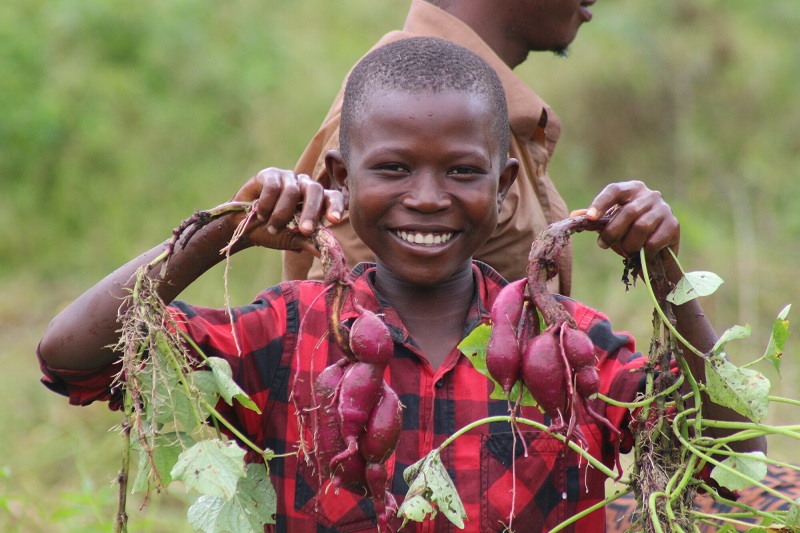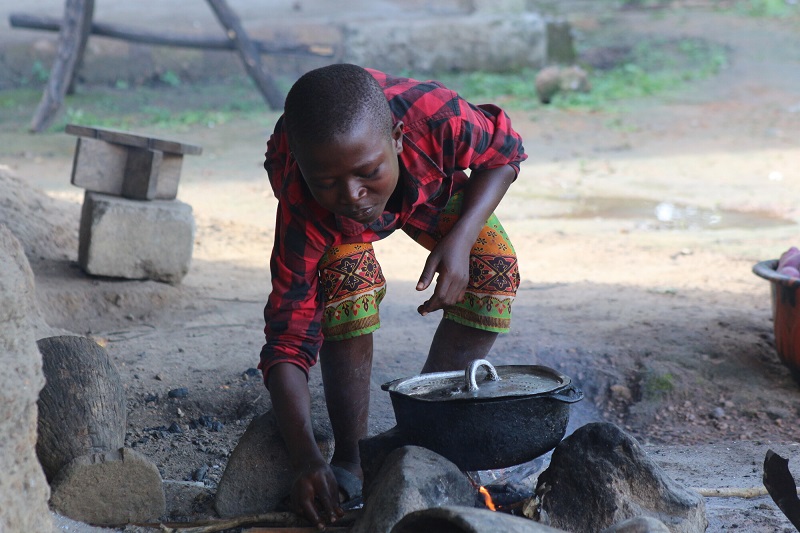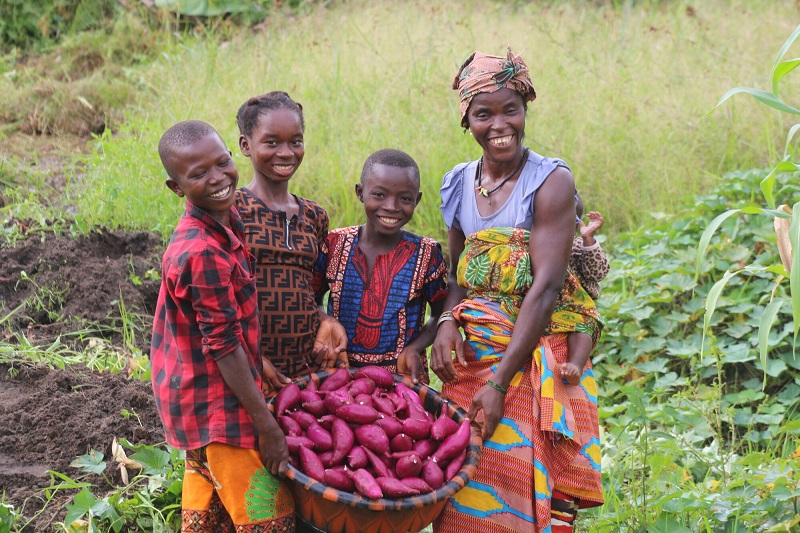Site will be
unavailable for maintenance from June. 4, 11:30 p.m., to June 5, 12:30 a.m. ET. Thank you for your
patience!
A harvest to end child hunger
Posted on 11/11/2021

The struggle against hunger in Sierra Leone


Overcoming hunger during COVID-19
This holiday season, give to
a child hunger organization

Loading...


